
A dry brass tumbler (left) and wet ultrasonic brass cleaner (right), both from Lyman Products.
I’m feeling a bit cranky, bordering on crotchety, today. So let’s focus on the ammunition reloading step that I think is the biggest pain in the butt – cleaning brass.
At the beginning of this series, when we talked about the 10 Easy Steps of Reloading, you’ll remember that the first thing to do, after hoarding brass like it’s made of Brown Sugar Cinnamon Pop Tarts, is cleaning. Just to reiterate, you only need to remove mud, powder residue, lead and whatever other gun might be on your fired brass. After all, the primary purpose of cleaning brass is simply to remove loose stuff that will gunk up our reloading dies and/or cause feeding problems in your gun. There is no “technical” need to make your used brass bright and shiny.
However, OutdoorHub is a class operation, so we’re going to talk about how to make it safe and beautiful. Why shouldn’t your reloads be the envy of the range?
Given the “beautiful” requirement, we’re going to dispense with the backwoods method of cleaning brass – shaking it in a bucket with some Tide or perhaps a mixture of dish detergent, vinegar, and salt. This will make it safe, but not all that great looking.
Let’s focus on two primary methods of brass cleaning – wet and dry.
The Dry Method
Otherwise known as tumbling, the dry method involves vibrating or tumbling the spent brass in a mixture of what reloaders call “media.” As tempting as it is to make a wisecrack about the potential uses of mainstream “media” for things like scrubbing dirt, I’ll refrain. Reloading media is the material that goes in the tumbler with your brass. Media can be made of natural or synthetic materials. Materials include ground walnut shells ground corn cob and sometimes ceramic bits. Some media is impregnated with polish to help your brass come out even cleaner.
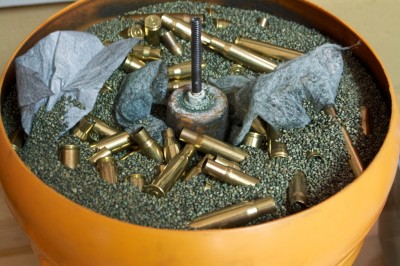
Cleaning a load of rifle brass using a dry tumbler. Note how the used dryer sheets help pull the dirt out.
Most dry tumblers actually vibrate; although a few models use a rotating drum like those home rock polishers. A large plastic bowl with a clamped-on lid is mounted on an electric motor that vibrates the bowl and it’s contents. You fill the bowl with both media and dirty brass, clamp the lid on, and let it run. It hums. It shakes. It causes neighbors to wonder if a 3.2 scale earthquake is in progress. After anywhere from thirty minutes to a couple of hours, depending on the condition of the dirty brass, you turn it off.
[color-box]Tip: The dirt from your brass needs to go somewhere, so it’s transferred to the media in the tumbling process. If you want to make your media last longer, and get cleaner brass in the process, tear a couple of used dryer sheets (like Bounce) in half and drop into the tumbler. The sheets will attract most of the dirt, keeping your media fresh for many more uses.[/color-box]
At this point, you need to separate the media from the clean brass. Some tumblers have a built-in filter that allows the media to be drained out while the machine is running. If yours doesn’t, you can pick up a case media sifter to speed the process.
Whatever the method for separating your cleaned brass from the media, you need to be sure that all cases are completely empty of media. This can be tricky in rifle cases with small necks like the .223 Remington. While you can buy media that’s ready to go and consistent in size from reloading supply companies, some folks like to use cheaper products like ground walnut shells used for pet cage liners and such. This can work fine too. Just make sure that the grind size is small enough to easily exit the casings and large enough so it doesn’t get stuck in primer pockets and flash holes.
[color-box]Tip: When dry tumbling, I prefer to clean the brass while the spent primers are still in place. This prevents media from getting stuck in primer pockets. After the brass is clean, I resize it and decap the primer in one step.[/color-box]


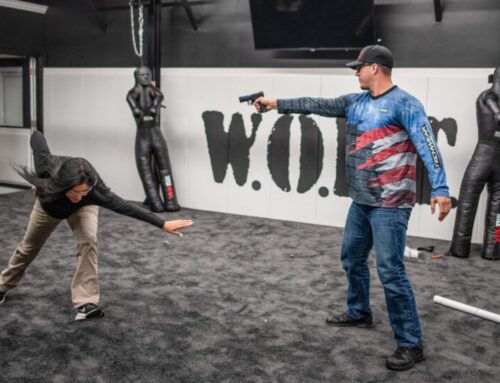
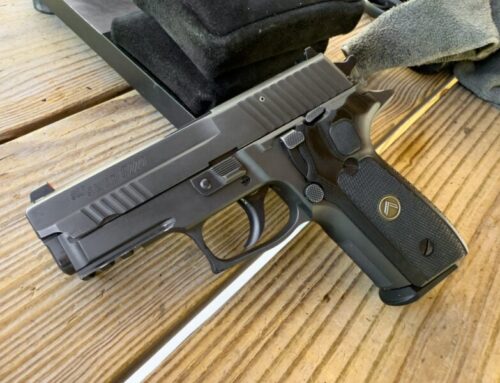
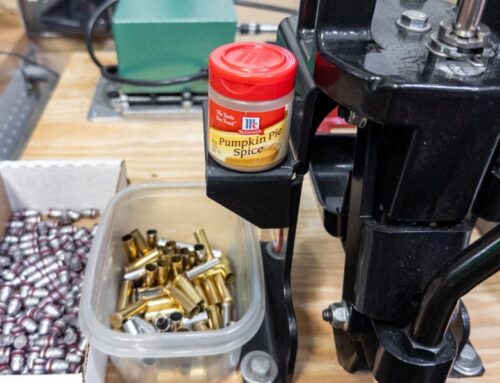
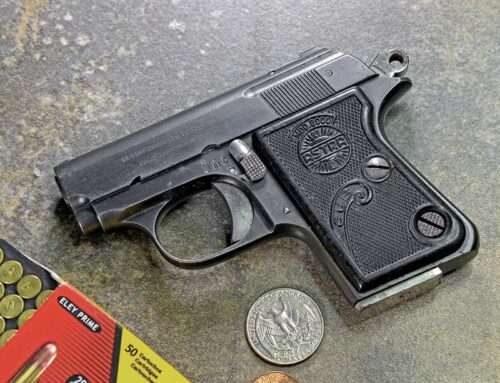
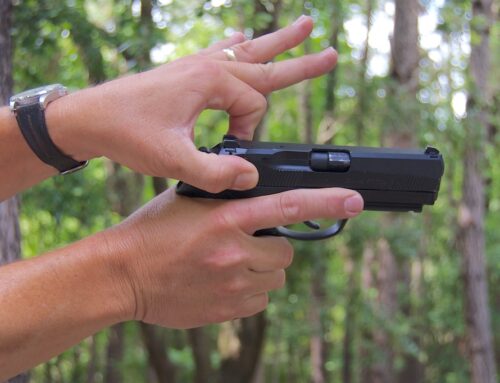

Adding a can of bonami will really increase the Polish to the brass!
When finished tumbing, then one needs to blow off the tiny bits of bon ami that clings. Otherwise, tiny bits of bon ami gets into your dies…… leading to potential problems. A compressor and a towel is recommended.
Corn cob and new finish car wax beautiful cases
Do you put the wax in the tumbler media? Or use it to clean the cases after tumbling?
The wax goes in with the media.
Thanks for the tips from both the article and the posts.
I find brass cleaning the easiest step………load it up, flip the switch, come back in an hour or two.
Think I’m ready for a progressive reloader, so I’ll like the other steps as well, too.
Another thing to take into consideration is using the media tumbler in an environment outside of your house. Lots of dust is created cleaning brass with media, tumbler, and whatever you are using as a sieve to separate. With that dust comes any lead that his left from the bullets and primers. Just Sayin’.
…Ron